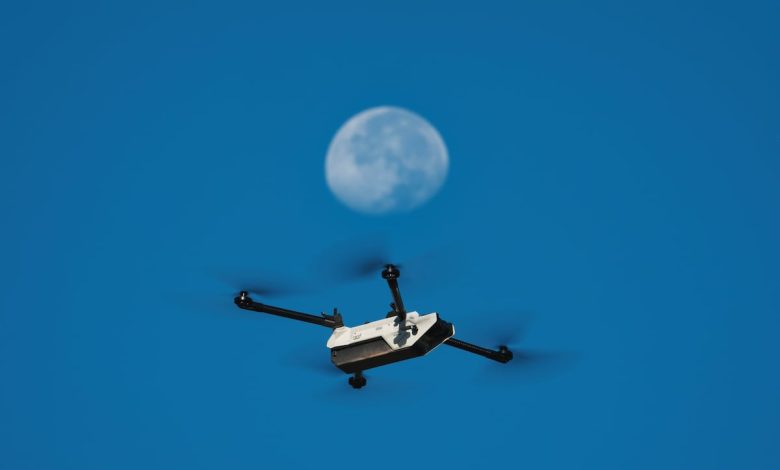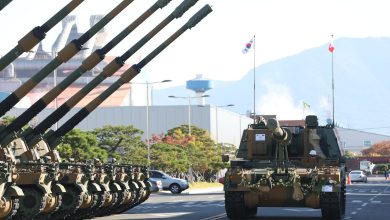Anduril debuts Bolt, loitering munition on contract with Marine Corps

Anduril Industries has introduced Bolt, a new class of airborne drones that troops can use for surveillance or strikes.
The defense technology company, based in California, debuted two versions of the drone Thursday. The first is a baseline model able to perform intelligence, surveillance and reconnaissance operations, known in the military as ISR. The other is Bolt-M, a version of the drone that acts as a munition.
This second model of the drone is under contract with the Marine Corps on its Organic Precision Fires-Light program, trying to deliver loitering munitions small enough for troops to stash in a rucksack. Aerovironment and Teledyne FLIR are also competing for the program, worth up to $249 million.
Anduril would not share further details on the contract, including the number of units ordered or dollar amount. A Pentagon notice from April said the deal came with a floor of around $6.5 million and was for an indefinite delivery and quantity of systems.
“We’re looking at the next six months for the immediate deliveries that we have,” said Chris Brose, Anduril’s head of strategy. Brose said further sales will depend on direction from the Marine Corps, which is testing several systems now and will decide on a purchasing plan this fiscal year, but that he hopes Bolt can also compete for Army contracts.
The Organic Precision Fires contract is one example of the U.S. military trying to bring online the kind of small drones changing how wars are fought around the world. In particular, the war in Ukraine has been a sandbox for soldiers testing and deploying such drones in high numbers — either to scout artillery targets or directly attack them with small warheads. American drone firms, including Anduril, have sent their systems to Ukraine and kept in close contact with its military to apply lessons from the war.
Like many of the firm’s offerings, Bolt has some level of autonomy. The drone uses Anduril’s Lattice software, and in a release the firm said troops can operate the drone with a touchscreen — picking targets, how far the drone should stay away from them and then what angle it should use to attack. The ability to perform such simple tasks on its own allows troops the freedom to multitask rather than piloting the drones the whole time.
Rather than opt for a fixed wing model, Anduril built the drone as a quadcopter, able to take off and land vertically. Troops can unpack and fly Bolt in less than five minutes, the firm said. According to the announcement, it can stay airborne for 40 minutes and has a range of about 12.5 miles.
The drone can carry a payload of up to three pounds, and can shift between warheads intended to strike personnel and equipment, designed in partnership with Kraken Kinetics, based in North Carolina.
“When we say target, we’re talking targets in all domains. Obviously the mind immediately goes to striking targets on land, but we also see counter-maritime applications” and counter-air targets as well, Brose said.
Noah Robertson is the Pentagon reporter at Defense News. He previously covered national security for the Christian Science Monitor. He holds a bachelor’s degree in English and government from the College of William & Mary in his hometown of Williamsburg, Virginia.







